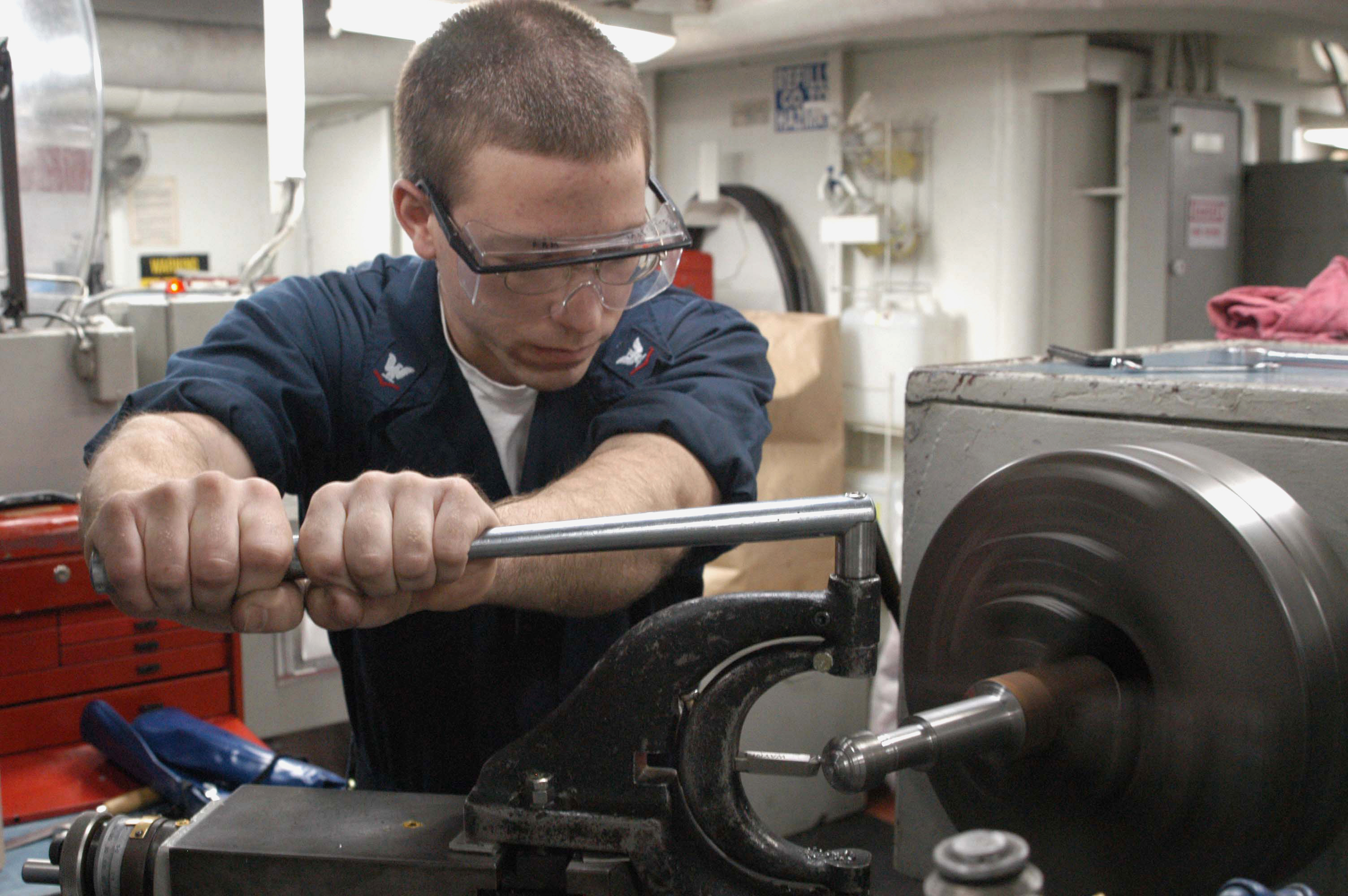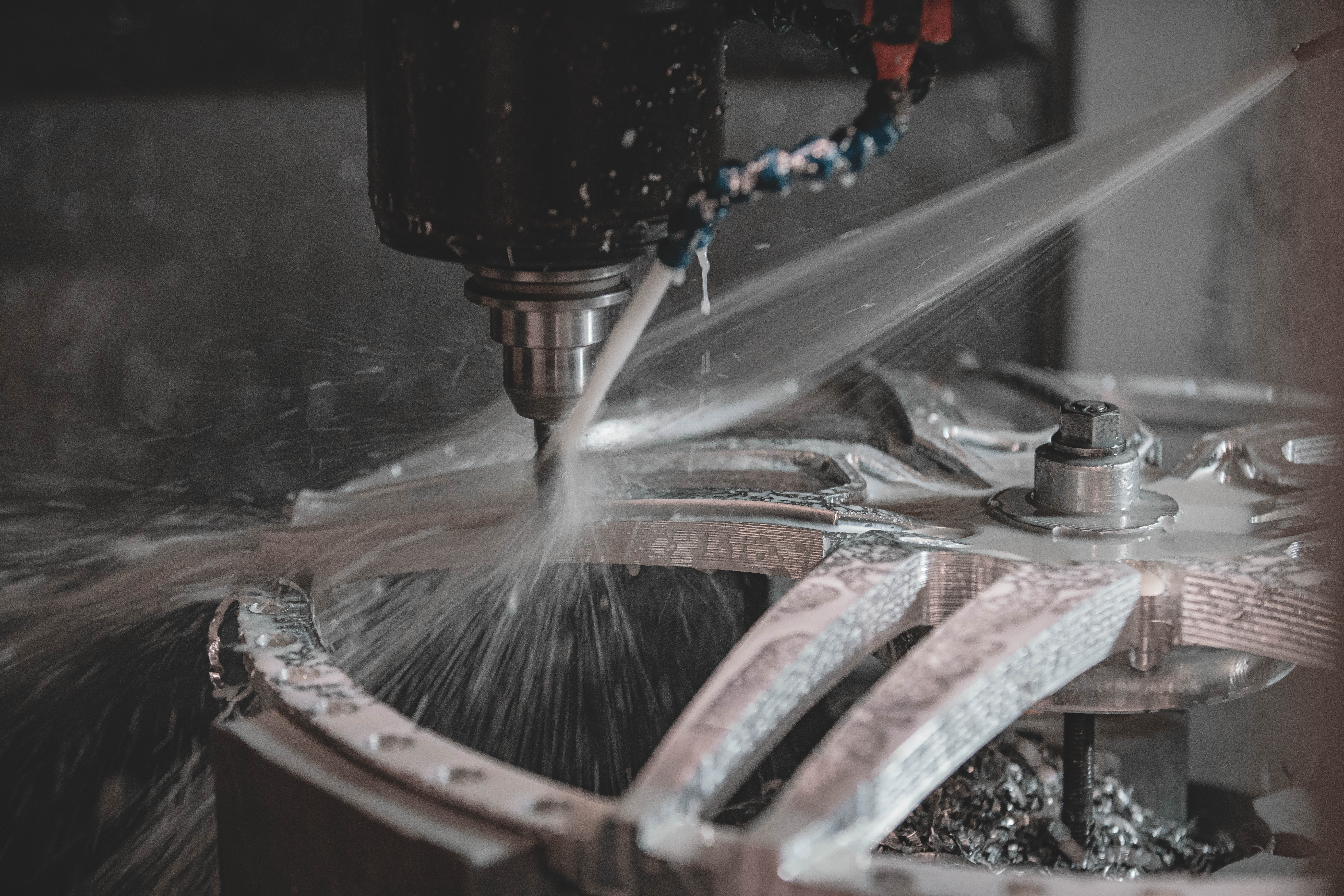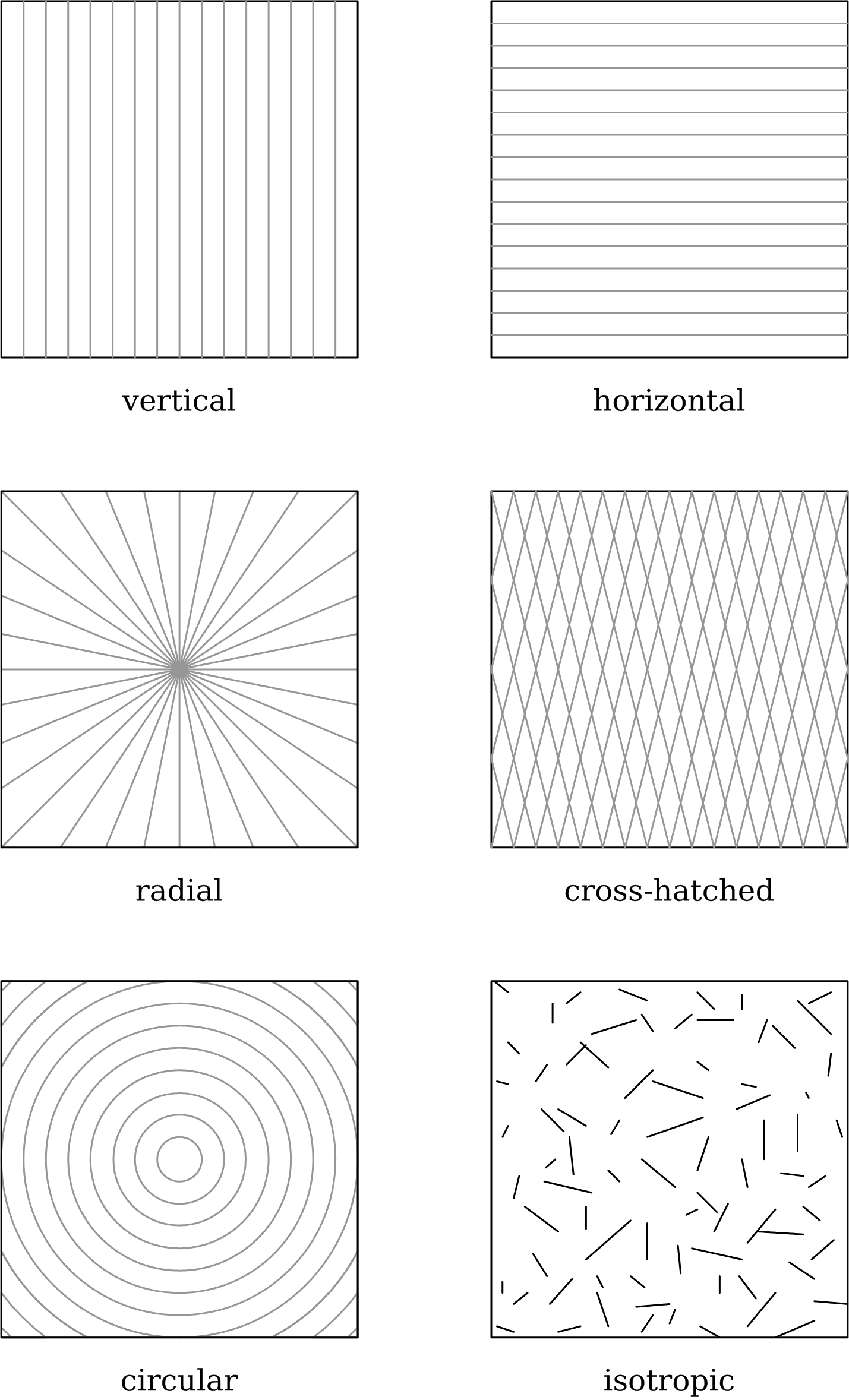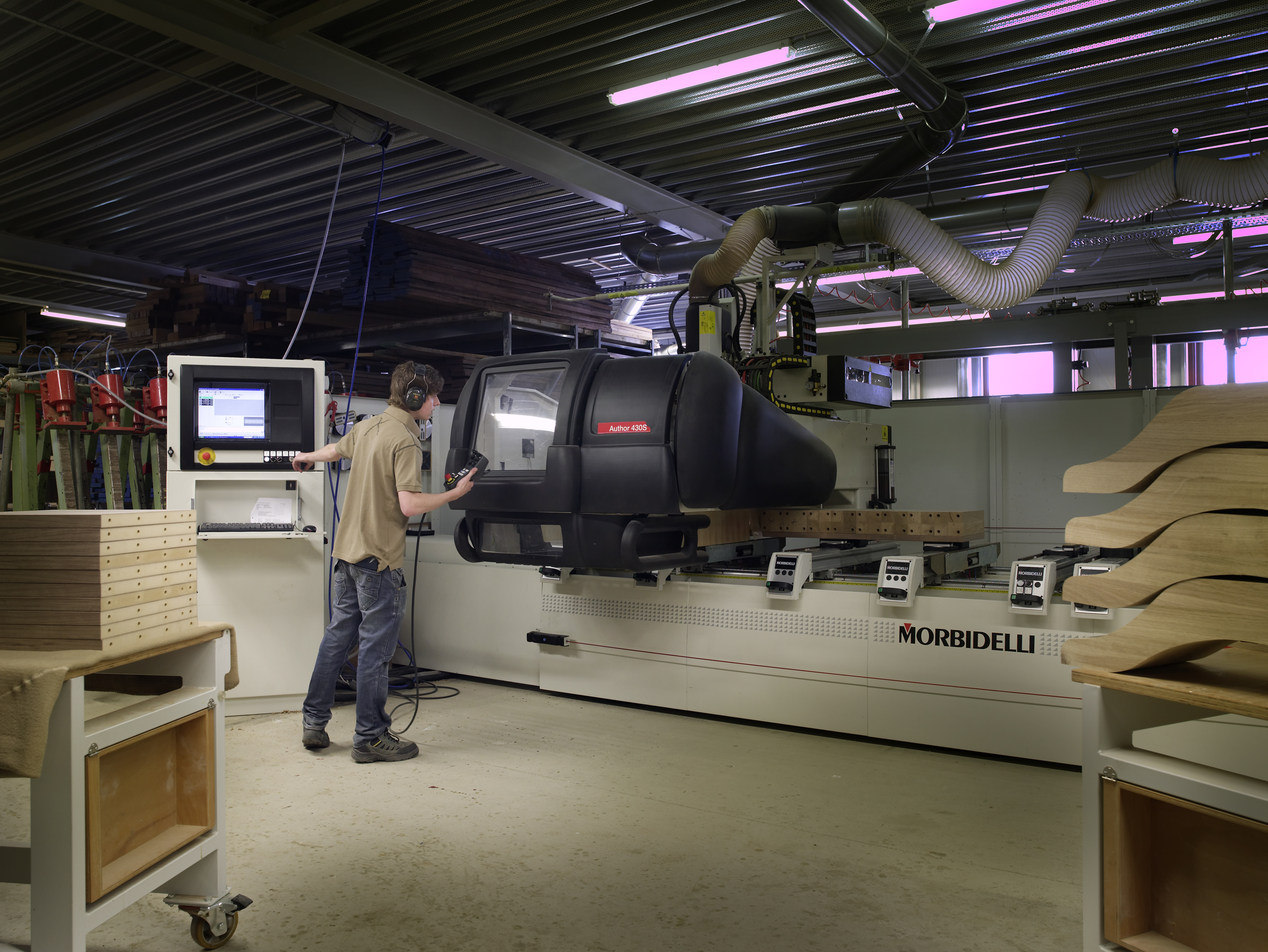|
Machinist
A machinist is a tradesperson or trained professional who operates machine tools, and has the ability to set up tools such as milling machines, grinders, lathes, and drilling machines. A competent machinist will generally have a strong mechanical aptitude, the ability to correctly use precision measuring instruments and to interpret blueprints, and a working knowledge of the proper parameters required for successfully utilizing the various tools commonly used in machining operations. CNC (computer numerical control) comprises one of the most recent advances in manufacturing, in which a machinist uses specialized software to generate programmatic instructions (most commonly G-code) which are in turn interpreted by the machine to make components for a wide variety of industries. CNC programming is a skilled position which requires knowledge of math, speeds and feeds, machine tooling, work holding, and the different ways various materials react to stress and heat in the machining ... [...More Info...] [...Related Items...] OR: [Wikipedia] [Google] [Baidu] |
Machining
Machining is a manufacturing process where a desired shape or part is created using the controlled removal of material, most often metal, from a larger piece of raw material by cutting. Machining is a form of subtractive manufacturing, which utilizes machine tools, in contrast to ''additive manufacturing'' (e.g. 3D printing processes, 3D printing), which uses controlled addition of material. Machining is a major process of the manufacture of many metal products, but it can also be used on other materials such as wood, plastic, ceramic, and composite material, composites. A person who specializes in machining is called a machinist. As a commercial venture, machining is generally performed in a machine shop, which consists of one or more workrooms containing primary machine tools. Although a machine shop can be a standalone operation, many businesses maintain internal machine shops or tool rooms that support their specialized needs. Much modern-day machining uses Numerical control, ... [...More Info...] [...Related Items...] OR: [Wikipedia] [Google] [Baidu] |
Machine Tool
A machine tool is a machine for handling or machining metal or other rigid materials, usually by cutting, Boring (manufacturing), boring, grinding (abrasive cutting), grinding, shearing, or other forms of deformations. Machine tools employ some sort of tool that does the cutting or shaping. All machine tools have some means of constraining the workpiece and provide a guided movement of the parts of the machine. Thus, the relative movement between the workpiece and the cutting tool (which is called the toolpath) is controlled or constrained by the machine to at least some extent, rather than being entirely "offhand" or "wikt:freehand#Adjective, freehand". It is a power-driven metal cutting machine which assists in managing the needed relative motion between cutting tool and the job that changes the size and shape of the job material. The precise definition of the term ''machine tool'' varies among users. While all machine tools are "machines that help people to make things", not a ... [...More Info...] [...Related Items...] OR: [Wikipedia] [Google] [Baidu] |
Tool And Die Maker
Tool and die makers are highly skilled crafters working in the manufacturing, manufacturing industries. Tool and die makers work primarily in toolroom environments—sometimes literally in one room but more often in an environment with flexible, semipermeable boundaries from production work. They are skilled artisans (craft production, craftspeople) who typically learn their trade through a combination of academic coursework and with substantial period of on-the-job training that is functionally an apprenticeship. They make Jig (tool), jigs, Fixture (tool), fixtures, die (manufacturing), dies, molding (process), molds, machine tools, cutting tool (machining), cutting tools, gauge (instrument), gauges, and other tools used in manufacturing processes. Divisions The main divisions of the tool & die industry include: *Die casting *Die (manufacturing), Dies *Fixture (tool), Fixtures *Forging *Gauge (instrument), Gauges *Jig (tool), Jigs *Metalworking, Metal working *Molding (process), ... [...More Info...] [...Related Items...] OR: [Wikipedia] [Google] [Baidu] |
Skilled Trades
A tradesperson or tradesman/tradeswoman is a skilled worker that specialises in a particular Trade (occupation), trade. Tradespeople (tradesmen/women) usually gain their skills through work experience, on-the-job training, an apprenticeship program or formal education. As opposed to a master craftsman or an artisan, a tradesperson (tradesman/tradeswoman) is not necessarily restricted to Manual labour, manual work. History In Victorian England, The terms "skilled worker," "craftsman," "artisan," and "tradesman" were used in senses that overlap. All describe people with specialized training in the skills needed for a particular kind of work. Some of them produced goods that they sold from their own premises (e.g. bootmakers, saddlers, Hatmaking, hatmakers, jewelers, glassblowers); others (e.g. typesetters, Bookbinding, bookbinders, Wheelwwheelwrights) were employed to do one part of the production in a business that required a variety of skilled workers. Still others were factory ... [...More Info...] [...Related Items...] OR: [Wikipedia] [Google] [Baidu] |
Millwright
A millwright is a craftsman or skilled tradesman who installs, dismantles, maintains, repairs, reassembles, and moves machinery in factories, power plants, and construction sites. The term ''millwright'' (also known as ''industrial mechanic'') is mainly used in the United States, Canada and South Africa to describe members belonging to a particular trade. Other countries use different terms to describe tradesmen engaging in similar activities. Related but distinct crafts include machinists, mechanics and mechanical fitters. As the name suggests, the original function of a millwright was the construction of flour mills, sawmills, paper mills and fulling mills powered by water or wind, made mostly of wood with a limited number of metal parts. Since the use of these structures originates in antiquity, millwrighting could arguably be considered one of the oldest engineering trades and the forerunner of modern mechanical engineering. In modern usage, a millwright is engaged wit ... [...More Info...] [...Related Items...] OR: [Wikipedia] [Google] [Baidu] |
Aluminium
Aluminium (or aluminum in North American English) is a chemical element; it has chemical symbol, symbol Al and atomic number 13. It has a density lower than that of other common metals, about one-third that of steel. Aluminium has a great affinity towards oxygen, passivation (chemistry), forming a protective layer of aluminium oxide, oxide on the surface when exposed to air. It visually resembles silver, both in its color and in its great ability to reflect light. It is soft, magnetism, nonmagnetic, and ductility, ductile. It has one stable isotope, 27Al, which is highly abundant, making aluminium the abundance of the chemical elements, 12th-most abundant element in the universe. The radioactive decay, radioactivity of aluminium-26, 26Al leads to it being used in radiometric dating. Chemically, aluminium is a post-transition metal in the boron group; as is common for the group, aluminium forms compounds primarily in the +3 oxidation state. The aluminium cation Al3+ ... [...More Info...] [...Related Items...] OR: [Wikipedia] [Google] [Baidu] |
Tradesperson
A tradesperson or tradesman/tradeswoman is a skilled worker that specialises in a particular Trade (occupation), trade. Tradespeople (tradesmen/women) usually gain their skills through work experience, on-the-job training, an apprenticeship program or formal education. As opposed to a master craftsman or an artisan, a tradesperson (tradesman/tradeswoman) is not necessarily restricted to Manual labour, manual work. History In Victorian England, The terms "skilled worker," "craftsman," "artisan," and "tradesman" were used in senses that overlap. All describe people with specialized training in the skills needed for a particular kind of work. Some of them produced goods that they sold from their own premises (e.g. bootmakers, saddlers, Hatmaking, hatmakers, jewelers, glassblowers); others (e.g. typesetters, Bookbinding, bookbinders, Wheelwwheelwrights) were employed to do one part of the production in a business that required a variety of skilled workers. Still others were factory ... [...More Info...] [...Related Items...] OR: [Wikipedia] [Google] [Baidu] |
Surface Finish
Surface finish, also known as surface texture or surface topography, is the nature of a interface (matter), surface as defined by the three characteristics of lay, surface roughness, and waviness.. It comprises the small, local deviations of a surface from the perfectly Flat space, flat ideal (a true plane (geometry), plane). Surface texture is one of the important factors that control friction and transfer layer formation during sliding. Considerable efforts have been made to study the influence of surface texture on friction and wear during sliding conditions. Surface textures can be isotropy, isotropic or anisotropy, anisotropic. Sometimes, stick-slip friction phenomena can be observed during sliding, depending on surface texture. Each manufacturing process (such as the many kinds of machining) produces a surface texture. The process is usually optimized to ensure that the resulting texture is usable. If necessary, an additional process will be added to modify the initial te ... [...More Info...] [...Related Items...] OR: [Wikipedia] [Google] [Baidu] |
Production Planning
Production planning is the planning of Production (economics), production and manufacturing modules in a company or industry. It utilizes the resource allocation of activities of employees, raw material, materials and production capacity, in order to serve different customers.Fargher, Hugh E., and Richard A. Smith. "Method and system for production planning." U.S. Patent No. 5,586,021. 17 Dec. 1996. Different types of production methods, such as single item manufacturing, batch production, mass production, continuous production etc. have their own type of production planning. Production planning can be combined with production control into production planning and control, or it can be combined with enterprise resource planning. Overview Production planning is the future of production. It can help in efficient manufacturing or setting up of a production site by facilitating required needs. A production plan is made periodically for a specific time period, called the planning ho ... [...More Info...] [...Related Items...] OR: [Wikipedia] [Google] [Baidu] |
Mass Production
Mass production, also known as mass production, series production, series manufacture, or continuous production, is the production of substantial amounts of standardized products in a constant flow, including and especially on assembly lines. Together with job production and batch production, it is one of the three main production methods. The term ''mass production'' was popularized by a 1926 article in the ''Encyclopædia Britannica'' supplement that was written based on correspondence with Ford Motor Company. ''The New York Times'' used the term in the title of an article that appeared before the publication of the ''Britannica'' article. The idea of mass production is applied to many kinds of products: from fluids and particulates handled in bulk (food, fuel, chemicals and mined minerals), to clothing, textiles, parts and assemblies of parts ( household appliances and automobiles). Some mass production techniques, such as standardized sizes and production lines, ... [...More Info...] [...Related Items...] OR: [Wikipedia] [Google] [Baidu] |
Prototype
A prototype is an early sample, model, or release of a product built to test a concept or process. It is a term used in a variety of contexts, including semantics, design, electronics, and Software prototyping, software programming. A prototype is generally used to evaluate a new design to enhance precision by system analysts and users. Prototyping serves to provide specifications for a real, working system rather than a theoretical one. Physical prototyping has a long history, and paper prototyping and virtual prototyping now extensively complement it. In some design workflow models, creating a prototype (a process sometimes called materialization) is the step between the Formal specification, formalization and the evaluation of an idea. A prototype can also mean a typical example of something such as in the use of the derivation prototypical. This is a useful term in identifying objects, behaviours and concepts which are considered the accepted norm and is analogous with terms ... [...More Info...] [...Related Items...] OR: [Wikipedia] [Google] [Baidu] |
Cnc Lathe
Computer numerical control (CNC) or CNC machining is the automated control of machine tools by a computer. It is an evolution of numerical control (NC), where machine tools are directly managed by data storage media such as punched cards or punched tape. Because CNC allows for easier programming, modification, and real-time adjustments, it has gradually replaced NC as computing costs declined. A CNC machine is a motorized maneuverable tool and often a motorized maneuverable platform, which are both controlled by a computer, according to specific input instructions. Instructions are delivered to a CNC machine in the form of a sequential program of machine control instructions such as G-code and M-code, and then executed. The program can be written by a person or, far more often, generated by graphical computer-aided design (CAD) or computer-aided manufacturing (CAM) software. In the case of 3D printers, the part to be printed is "sliced" before the instructions (or the progra ... [...More Info...] [...Related Items...] OR: [Wikipedia] [Google] [Baidu] |








